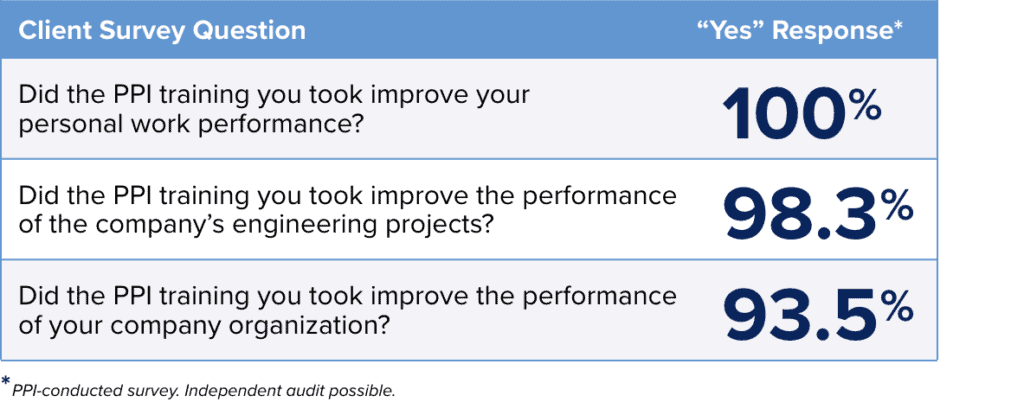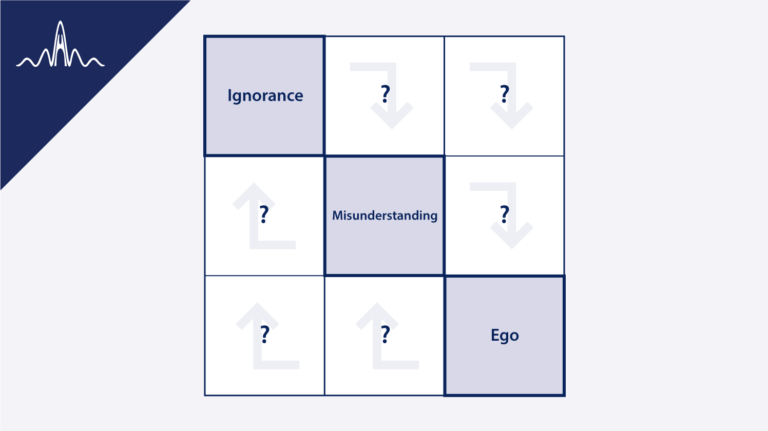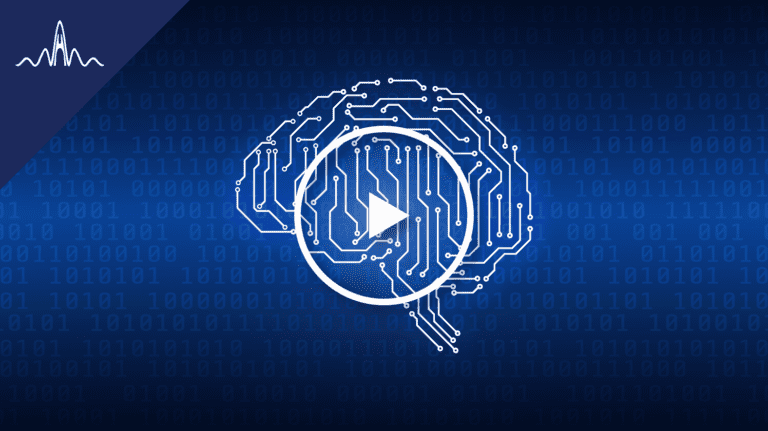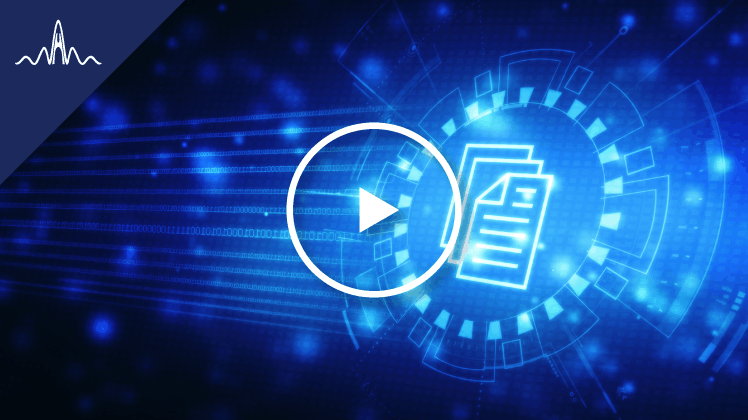PPI SE Quiz No.1
Project Performance International offers a range of free resources for the Systems Engineering community.
Subscribe to PPI
Join and stay up to date with the latest PPI news, presentations and more!
PPI SE Quiz No.1 – Answers
1. What is the difference between a state and a mode?
The essential difference is that state is “being”, mode is “doing”. There is a lot more to states and modes than that, of course. Learning for high ROI is easy – see here and here and here.
2. What would be the consequence in design of allocating functions to components without having first defined item flows?
The short answer is individually incomplete requirements on the components (subsystems, system elements, etc.). The long answer is much worse. Learn more here and here and here.
3. Why should MOEs/KPIs/Criteria only be weighted with respect to defined ranges of improvement in each?
Any weight assigned to a MOE/KPI/Criterion alone (that may be other than binary in value) can be instantly proven to be massively wrong. The practice of weighting MOEs/KPIs/Criteria alone, although common, is behind many flawed trade studies and source selections, bad decisions in general. Fortunately, we can easily avoid these errors and it is easy to fix such flaws in methodologies such as Quality Function Deployment (QFD). How to do so? Look here.
4. How do MOPs/MOEs/TPMs differ?
Two main answers exist. One answer having its origins in the United States Department of Defense makes no sense whatsoever and prevents sound trade studies and optimization of decisions. A clue to the other answer is “consult Merriam-Webster or Oxford English dictionaries”. Guess which answer is the more common! Learn here how to negotiate this minefield.
Systems engineering is a sea of knowledge of sound engineering practice; these short answers just scratch the surface. Explore more with PPI’s systems/product engineering training.
Client Survey Summary




